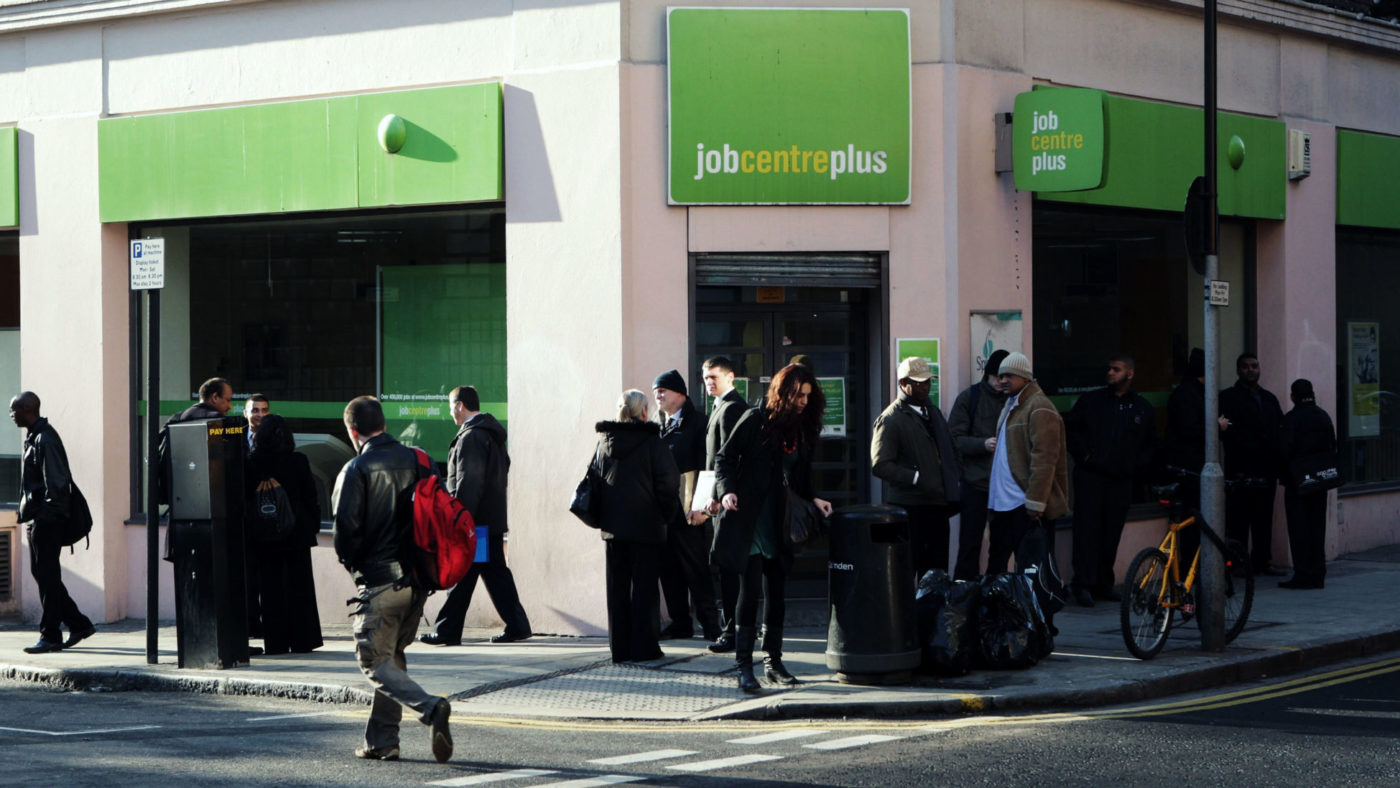What’s happening in the labour market is arguably the most important economic news every month. Despite that, the quality of the commentary is often poor, with many sources apparently too keen to focus on the negatives. The reactions to the latest release from the ONS is a case in point.
The early headlines were dominated by the fact that unemployment ticked up (‘soared’, according to some) to 5% in the three months to November, which is the highest rate since 2016. However, this was still lower than most analysts had expected, mainly because the single-month data for November itself actually reported a small fall.
What’s more, the first estimates from HMRC PAYE data for December suggest that the number of people on payrolls actually rose by 52,000 last month.
The real news is therefore that the deterioration in the UK labour market appeared to have levelled out at the end of 2020. This adds to other evidence that the economic hit from the second national lockdown was smaller than feared. The UK’s unemployment rate also compares favourably to the November average of 7.5% in the EU and 8.3% in the euro area.
By now, someone is usually screaming ‘what about furlough?’. UK unemployment would indeed be much higher without the government protection for millions of jobs. The headline figures are also not much use as a measure of economic activity, but this does not make them meaningless.
The official unemployment rate is what it is: a measure of how many people who want a job are unable to find one. Being on furlough (and paid for it) is still a job. More importantly, the large majority of people currently on furlough can reasonably expect to return to work as and when the Covid restrictions are lifted. Lumping them in with the conventionally ‘unemployed’ would therefore be even more misleading.
To be clear, this isn’t a blanket criticism of the media. The BBC’s Faisal Islam, for example, did note that November’s unemployment rate is still low by international standards, and lower than had been expected. The Financial Times led with ‘UK job losses slow as furlough scheme helps limit unemployment rise’. The Times included a solid quotation from the economist Samuel Tombs making a similar point to mine. I’m sure there are other honourable examples too.
It’s also worth acknowledging that the official commentary accompanying the labour market data was quite cautious, partly reflecting the variable quality of different indicators. Not many headline writer would be excited by the ONS’ observation that the unemployment rate “was fairly flat in November”.
Nonetheless, I can’t help but feel that there’s a bias towards misery in much of the economic commentary these days – for a mix of reasons. For a start, it’s well known that bad news usually sells better than good news. Some commentators may also be wary of appearing complacent or uncaring, or reluctant to say anything that might reflect well on the Government.
Above all, though, we shouldn’t underestimate the power of the consensus. Most journalists don’t have the time or the technical knowledge to dig deep into the numbers (again, there are some honourable exceptions). Instead, they will take their lead from the conventional narrative.
For months, this has been that the UK economy is heading for a ‘tsunami of job losses’ and that the economy will get a lot worse before it gets better. The Chancellor deserves some blame for that.
This has tangible costs. A persistent bias towards misery can itself undermine consumer and business confidence, and hold back the economic recovery. It can also lead to poor policy choices.
For example, there is understandably a lot of emphasis on the fact that the burden of job losses is mainly falling on young people. However, this is largely because they are more likely to work in the sectors which have suffered the most from Covid restrictions, notably hospitality. This means that they should be re-employed relatively quickly too as these restrictions are lifted, without the need for the Government to do more.
I do think there is a good case for extending the furlough scheme a little longer and providing additional support to sectors like hospitality, at least while the Covid restrictions are in place. But beyond that, government subsidies could simply distort incentives (by, for example, encouraging firms to employ more young people at the expense of those who are only slightly older).
In sum, the latest labour market data are actually reassuring. I’m now even more confident that unemployment will peak below 6% this year and then fall back sharply as the economy rebounds. There is a ‘good news’ story here for those willing to look.
Click here to subscribe to our daily briefing – the best pieces from CapX and across the web.
CapX depends on the generosity of its readers. If you value what we do, please consider making a donation.


